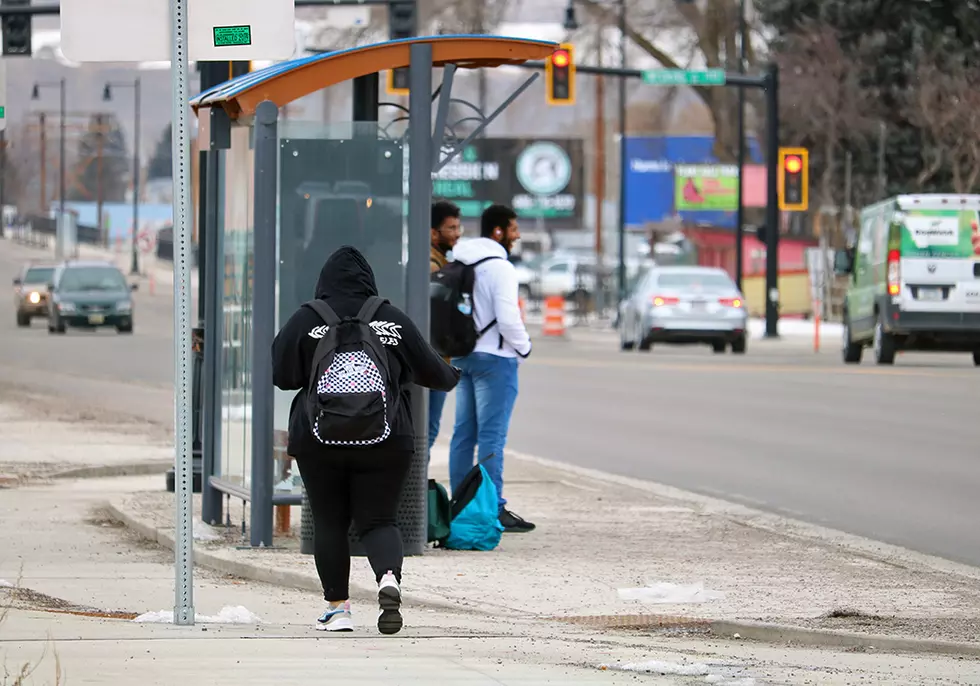
City, MDT approve funding agreement to hasten next phase of Russell Street project
Without the assistance of Highway Funds allocated by the Montana Department of Transportation to the Russell Street reconstruction project, it would take the city of Missoula roughly 15 years to save the money needed to complete the work.
With costs climbing each year in both materials and properties, which are needed to secure the right of way, the price tag in 2035 would likely be much higher than it is today.
To avoid that scenario and get the work done, the Missoula City Council on Wednesday authorized the mayor to sign an agreement with MDT to fund the next phase of the Russell Street reconstruction project.
“It essentially continues the design we have started in the first phase of construction all the way to the Mount and 14th intersection,” said Aaron Wilson, the city's transportation planner. “It also includes some additional work like the Bitterroot Trail crossing, intersection improvements at Third Street, and that additional work on Broadway.”
Phase 1 of the project is nearly complete and includes five lanes from Dakota Street to East Broadway, including a new bridge over the Clark Fork River. That phase of the project, estimated at $50 million, is expected to conclude this year and is already funded.
At around $40 million, the second phase could begin sooner rather than later under the funding agreement approved Wednesday. It includes around $31 million in Highway Funds from MDT and so-called urban funds allocated to the city from the Metropolitan Planning Organization.
The city receives around $1.8 million annually in urban funds and has dedicated them to the Russell Street project for the past 10 years. The new funding arrangement would earmark those funds to the project for another five to eight years.
While that prevents the city from investing the funds into other projects, it will see the Russell Street project completed sooner, creating a new north-south corridor.
“If we continue to pay for this out of urban funds at $1.8 million a year, to fill that $31 million gap to fund this next phase would take us 10 to 15 years of additional savings,” Wilson said. “That's a context of what this is giving us and what MDT is bringing to the table to try to get this project completed and delivered in a somewhat reasonable time frame.”
Under the agreement, the city could be responsible for any cost overruns. But Wilson said the contract allows the city to minimize risks by signing off on the final bid.
“MDT is agreeing not to let this project go to bid without the city's concurrence if the cost estimates exceed those urban fund dollars,” he said. “If a bid comes back over the available funds, the city can say it won't send the project to bid. It's one point we can check in to see if the project is on budget.”
Russell Street was identified as a need in the city's transportation plan in 1996. But the impact assessment wasn't done until 2011 and construction didn't start until 2017.
While members of the council praised the project's design – its connection to trails and public transportation – the lack of funding allocated for infrastructure lingers as a frustration, as the backlog continues to grow.
“This is a great opportunity to highlight how much as a country we're under funding transportation infrastructure,” said council member Jordan Hess. “This project was first brought up in 1996. We're talking half a century of Missoula's federal funding to build a couple miles of roadway. It's insane as a country we don't prioritize infrastructure. We have such an infrastructure backlog.”
While the project is expected to enhance local transportation, the improvements may also attract new private investment as developers eye the corridor for redevelopment.
The city commissioned a Russell Street corridor study back in 2014 that outlined future recommendations and opportunities. Since then, a sizeable housing development has taken place within the corridor and one commercial business is constructing a new retail outlet.
“It's a huge commitment on the city's part and MDT, but I think as we continue to grow, land use and transportation go hand in hand,” said council member Mirtha Becerra. “We cannot in a sustainable way continue to grow and develop our community without the proper and equitable infrastructure.”
To get the project across the finish line, MDT must secure the remaining right of way. It has been purchasing the necessary land over the years as the properties become available.
It wasn't detailed Wednesday how close the agency is in securing the remaining right of way.
“There's some urgency in getting that right of way purchased now,” said Wilson. “It's only going to get more expensive as property values continue to go up. It's why MDT is bringing Highway Funds to this project. If we're buying right of way 15 years from now, it's going to be considerably more expensive than it is today.”
